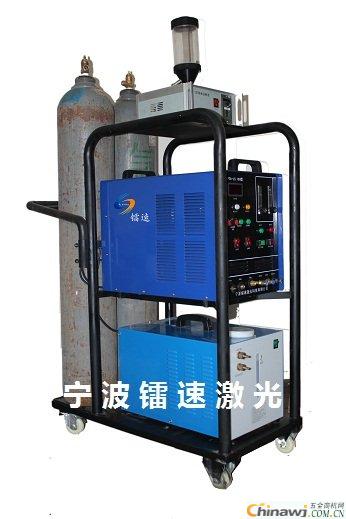Comparison between laser cladding and plasma spray welding
Comparison of laser cladding and plasma spray welding Compared with plasma spray welding, the fundamental difference is that the heat source is different. The former has the characteristics of fast heating, high temperature, short acting time and concentrated heat source. Laser cladding can increase the temperature and cooling rate of the molten layer to 105-106 ° C / s. The laser beam instantaneously melts the powder layer while micro-melting the surface of the substrate and forming a strong metallurgical bond with the melt layer. The laser beam rapidly heats and cools the molten layer, so that the heat application time is short, the melting depth of the substrate is small, the interdiffusion between the molten layer and the matrix is ​​greatly reduced, and the dilution ratio of the molten layer is small. Plasma spray welding has a relatively small power density, and the thermal action time is lengthened, so that the element diffusion between the molten layer and the matrix is ​​intensified, the heat affected zone is enlarged, and the composition pollution of the molten layer is also large. The laser melted layer has a finer structure due to rapid cooling, and its grain size is 2-4 grades higher than that of the plasma sprayed layer. The small dilution ratio and fine structure of the laser melting layer make the designed melting layer elements fully play their due role. The micro-hardness, corrosion resistance and anti-friction wear properties of the laser melted layer are superior to or much higher than the plasma layer.
Laser cladding can ensure the melting of the matrix and the original properties of the cladding alloy (high hardness, wear resistance, corrosion resistance and oxidation resistance) without ensuring the metallurgical bonding of the cladding material and the matrix material. Damage, the cladding material achieves the desired combination with the substrate (ie, a dense low dilution rate and a narrow interdiffusion band are formed at the interface). Therefore, a high-alloy steel surface layer excellent in performance can be prepared on a low-cost steel material and has a high bonding strength with a substrate, which is unmatched by other surface treatment processes. 